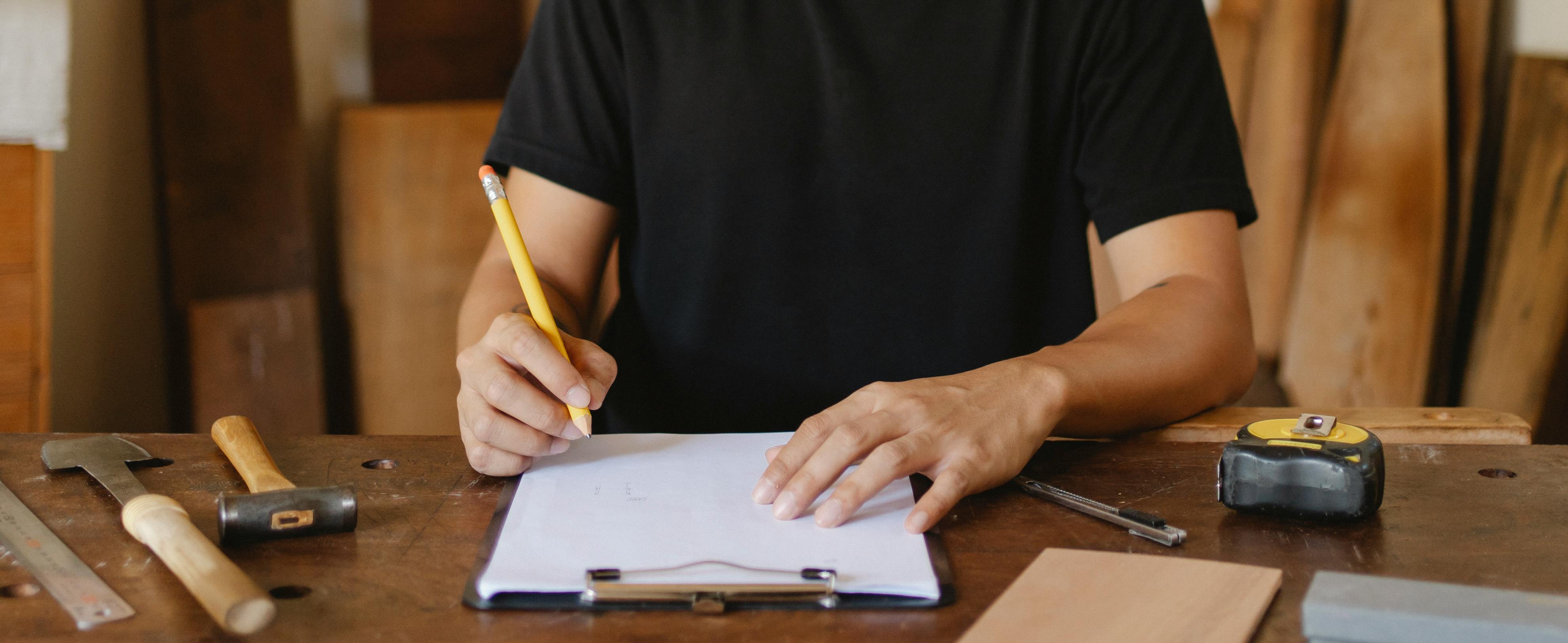
Preparing to win the fencing tournament
Conventional wisdom among fencers and fencing coaches often holds that the way to win fencing tournaments is to win more matches, and the way to win more matches is to score more hits. At first glance, this seems obvious. However, it is far from the whole story, or even the most important part of the story.
A fencing match is a combination of at least 12 factors, including:
1. Technical preparation: mastery of a sufficient set of skills that the fencer can remember and apply in combat and that can provide a sufficient range of offensive, defensive and counter-offensive options.
2. Training: the development of the skill set to a level where reactions are quick and execution is instinctive, quick and precise.
3. Tactical development: the development of the ability to change tactics during a match, adapt tactics to the opponent’s actions and referee calls, and impose their own tactical logic on the opponent.
4. Psychological preparation: a complex task that involves preparing the athlete’s mind in a general sense, as well as giving the athlete specific tools to face the psychological challenges of competition.
5. Referee Preparation: Shooters must be prepared to analyze referee performance and adjust tactics to how a referee handles the match. With this, the fencer must be able to apply psychological techniques to manage the impact of the referee in combat.
6. Conditioning: Physical preparation, including both general fitness and sport-specific fitness, conducted in accordance with an annual training plan and integrated with technical, training, tactical and psychological preparation and competition selection .
7. Selection of the competition: Since fencing competitions are weekly events, those competitions that logically fit into the general objectives of the season require preparation that may or may not include other competitions.
8. Opponent Scouting: Each fenced opponent must contribute to a database of information about possible opponents in future tournaments, including everything from which hand the fencer fights with to an analysis of their tactics.
9. Effective match planning: A fencer who goes into a match without a plan is not planning to win; victory becomes a matter of luck. The fencer must have a plan for the match and be able to execute that plan.
10. Nutrition: Proper nutrition (and also hydration) is vital not only as part of general preparation and training, but also to give the fencer the energy needed for specific events.
11. Preparation of the equipment: the fencing equipment must be in excellent condition and the fencer must carry more than the minimum. This eliminates not only equipment failure cards, but also the stress of having to fix weapons between fights.
12. Knowledge of the rules: A staggering number of shooters, and at least some referees, do not know the rules of the sport and do not know how they are applied. Shooters must study the rules and know them intimately if they want to defend their interests against wrong or capricious decisions.
Fencing is a very specific sport that uses unique movement patterns and requires rapid movement and great efficiency and precision in that movement. The key component of a tournament that a fencer can influence is the individual matches that the fencer will fence. To prepare for these matches, the athlete needs to train for the specific activities and rhythms of the competition. This means that the specificity, richness and effectiveness of the training increase the closer they are to combat conditions. The fencer must not only fence the same types of matches that he will do in tournaments, but as many tournament conditions as possible must be present. The more factors listed above the coach can include in the training tips, the better the training will be.
Successfully addressing each of these elements means that the fencer will score more and more touches as their level of experience in the sport grows. Failing to address them, or addressing them incorrectly, will inevitably limit performance below the athlete’s potential. The touch is the product that operationalizes the preparation, not the preparation itself.